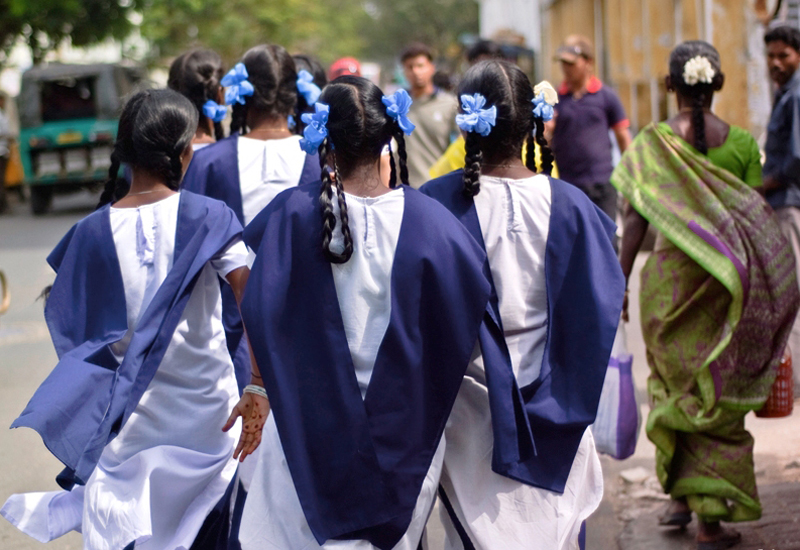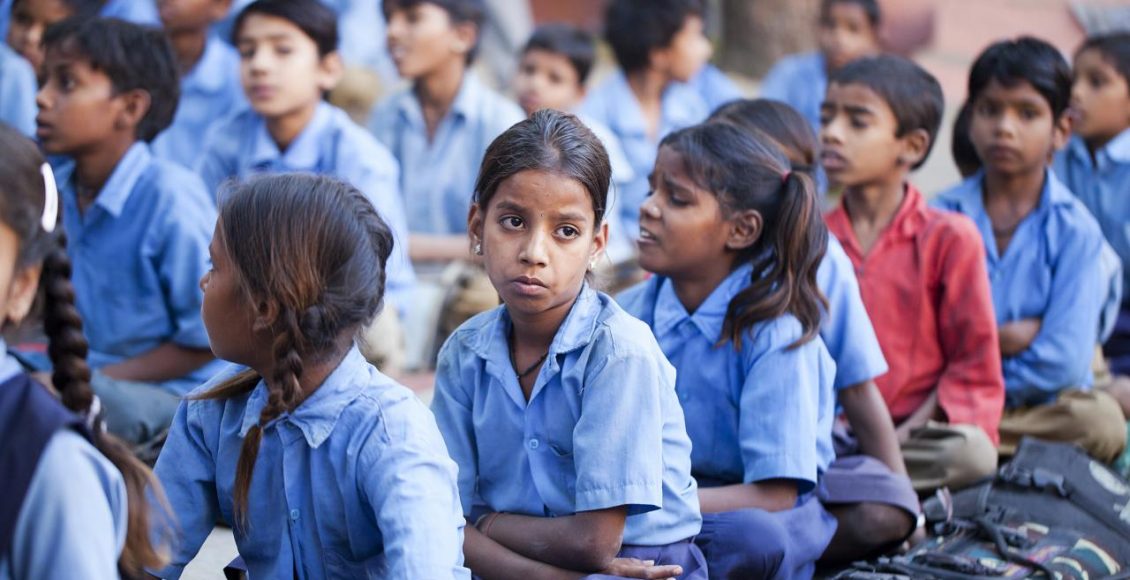A latest report by the United Nations has pointed towards a very grim reality in India as far as the situation and treatment of its women citizens is concerned. The report by the United Nations showed that 4.6 crore women are “missing” in India due to sex-selective procedure and preference of male children as compared to female children.
The total 12 lakh girls that are “missing” annually at birth because of gender-based selection in India and China.
These figures are more worrying because sex-selective abortions and other medical procedures that give males precedence over females are legally punishable in India and are considered part of criminal activity under law.
In its State of World Population Report, 2020, the United Nations Population Fund also noted that globally, the number of “missing” women is 14.2 crore.
It is saddening to note that India and China form the top of the list as far as accounting for missing girls/women is concerned. Both these countries together account for 90% of the total 12 lakh girls that are “missing” annually at birth because of gender-based selection.
India accounts for 50% and China accounts for 40% of the share.
The report revealed that gender selective abortions and medical procedures are common among families from the high income bracket but the trend has percolated down to low income families over time.
Two Indian states that account for the second highest number of child marriages in India are Bengal and Bihar where two in every five women are married before they turn eighteen.
Sex-selective technologies have become less expensive over the years and people across economic strata have shown desire to access it.
According to the Sample Registration System Report that was published by the Indian Ministry of Home Affairs in 2018, it was said that sex ratio at birth in India for children born between 2016-18 was 899 and nine Indian states namely- Haryana, Uttarakhand, Delhi, Gujarat, Rajasthan, Uttar Pradesh, Maharashtra, Punjab and Bihar recorded a sex-ratio below 900. Even according to the Census 2011, the sex ration for all Indians was 940 females to 1,000 males.
Alarming data has also emerged in the past from the National Family Health Survey, wherein one in every four Indian women complained that they have been subjected to child marriage. Two Indian states that account for the second highest number of child marriages in India are Bengal and Bihar where two in every five women are married before they turn eighteen.
The ratio is far greater in states such as Jharkhand, Rajasthan, Andhra Pradesh and Madhya Pradesh where one in three girls are married off as children. If one were to look at the data from around the world, it is reported that roughly one in five (21%) of women have been subjected to child marriage.
The State of World Population Report reminds us that some of the key factors that are responsible for driving child marriage are poverty, lack of educational opportunities and work opportunities and insecurity on future prospects.
These factors mean that child marriage is often being seen as the best and most viable option for girls, or seen as a means of reducing the economic burden on the family of the girl. According to the National Family Health Survey data from 2015-16, girls from extremely poor economic backgrounds are most likely to be married off at an early age. The report noted that one extra year of schooling for girls had the potential to increase the average age of marriage by 0.36 years.
The State of World Population Report further threw light on the condition of child brides in India and said that more than 32% of girls who were married off as children has faced physical abuse from their husbands and in-laws compared to 17% for those who married as adults. The findings have been derived at after the conduction of a survey of more than 8,000 women in five different states of India where child marriage is a common affair( Andhra Pradesh, Bihar, Jharkhand, Maharashtra and Rajasthan).
The report also leaves us with some hope despite its heartbreaking findings, it estimates that with advances in India, the child marriage rates will gradually decline. The report said that there has been a 47% decline in child marriage from 2005-06 to 2015-16.














